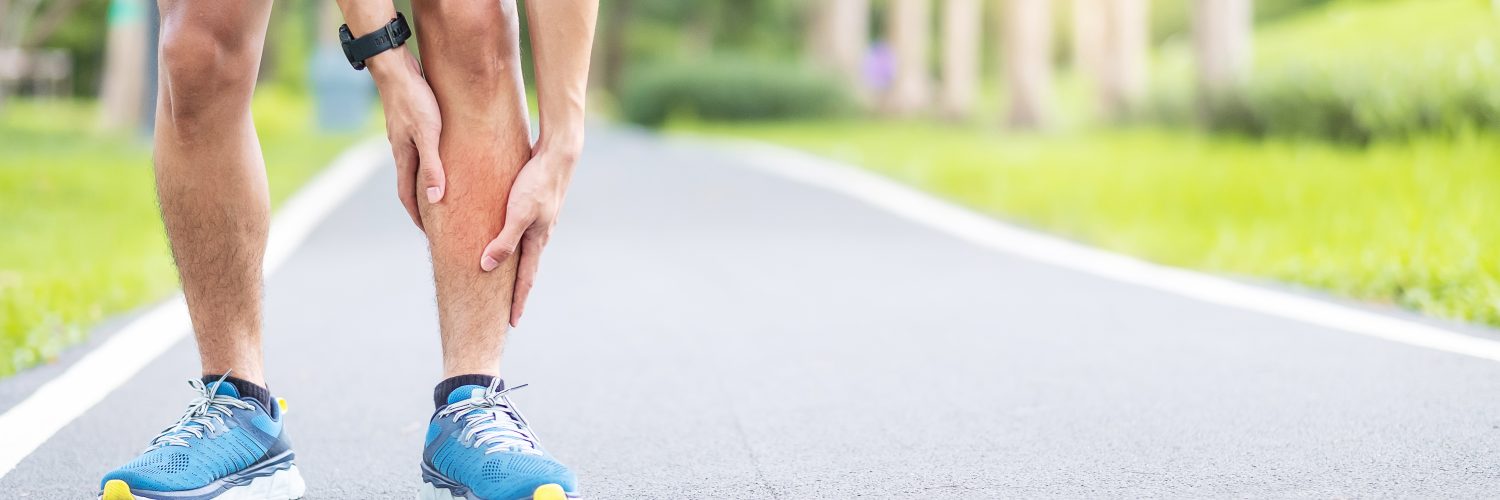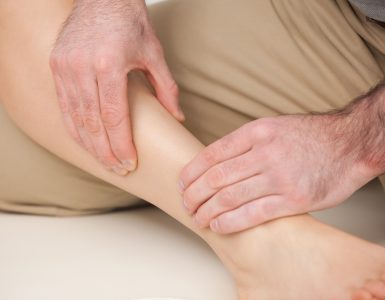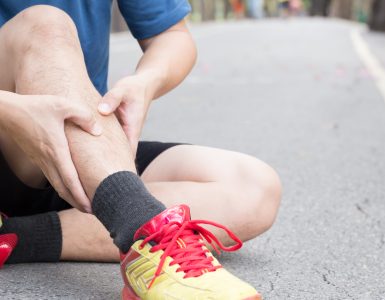What are shin splints?
Common in runners, dancers and sports people, shin splints are pain felt along the shinbone or tibia (the large bone that runs down the front of the lower leg). Medically known as medial tibial syndrome (MTSS), shin splints are the result of inflammation of the muscles, tendons and bone tissue.
What causes shin splints?
Shin splints are typically an overuse injury which causes repeated stress on the shinbone and the connective tissues that attach the muscles to the bone. Usually associated with running, it often occurs when you have a sudden change in your physical activity, such as changing the frequency or intensity of your run, changing the terrain you run on or it could be related to incorrect technique, muscular issues or the mechanics of your foot. It could also be caused by poor shoe choice, increased weight gain or reduction in bone density caused by osteoporosis or vitamin D deficiency.
What are the symptoms?
You will probably notice tenderness to the touch, soreness or pain along the inside of your shinbone, typically the lower third, and some redness and swelling in your lower leg. The pain may feel like a dull ache, but at times can be sharp. You could experience the pain at the beginning of your exercise, that may lessen or disappear once your warm up, but returns after you finish. It may be worse in the morning. The pain usually eases after resting.
How is it diagnosed?
It is important that you get a diagnosis from your doctor or physiotherapist, as ignoring these injuries can cause the problem to deteriorate, delay recovery and could result in something more serious such as a stress fracture. Your medical history will be assessed, a physical examination undertaken and a discussion about your exercise program. Depending on your individual situation and the severity of your symptoms, you may need to have an x-ray, CT scan or an MRI to rule out other conditions.
If you are concerned, it is important to cease any activity that is causing the problem and not to delay seeking medical advice and treatment.













